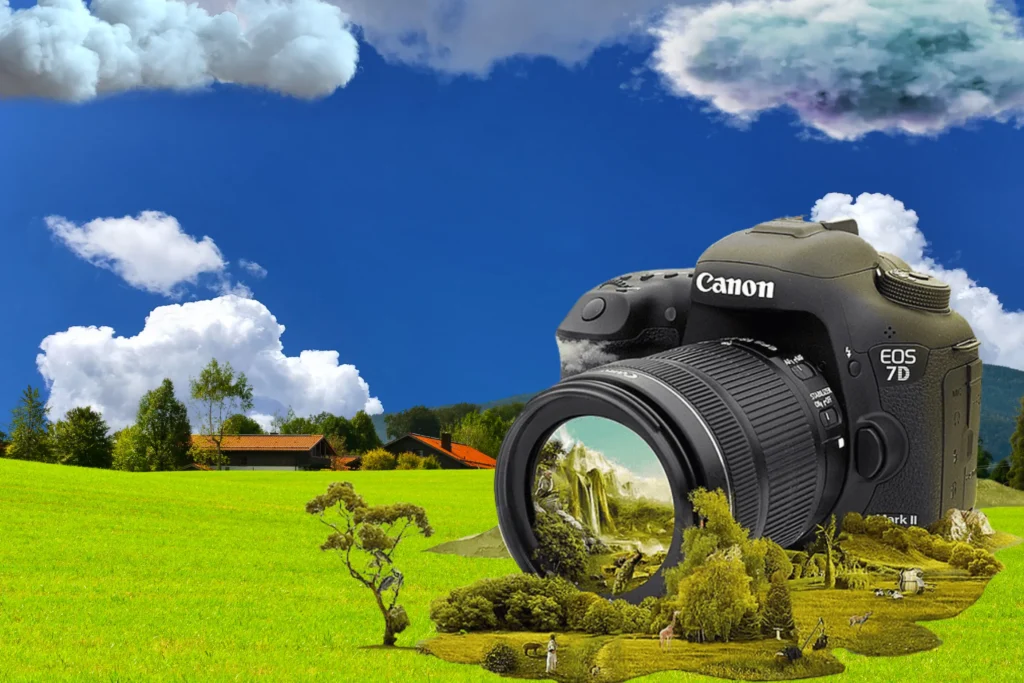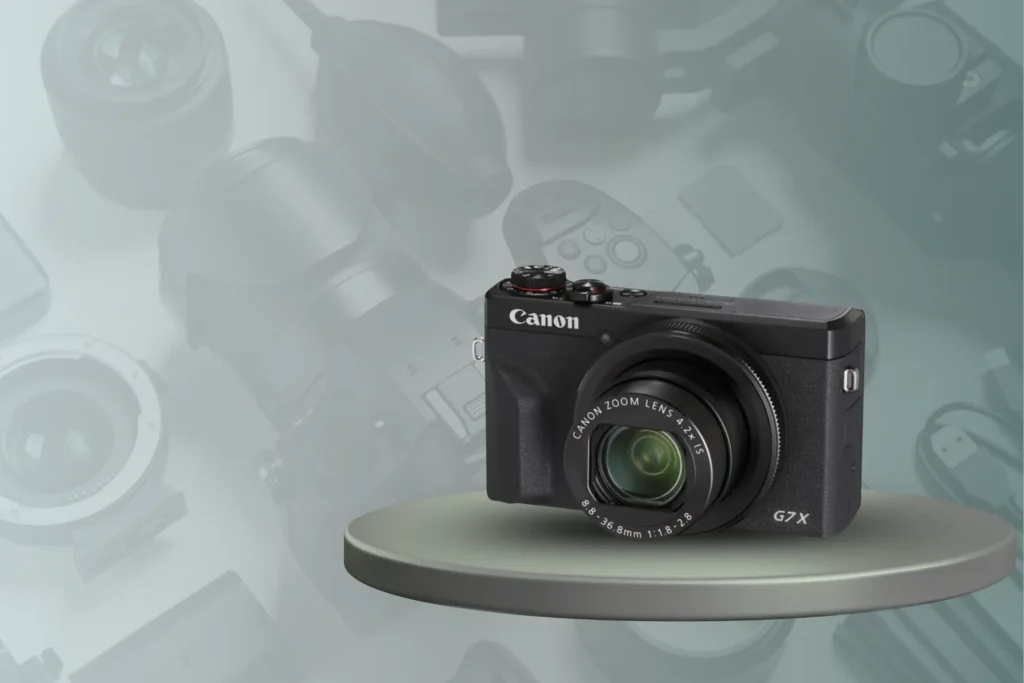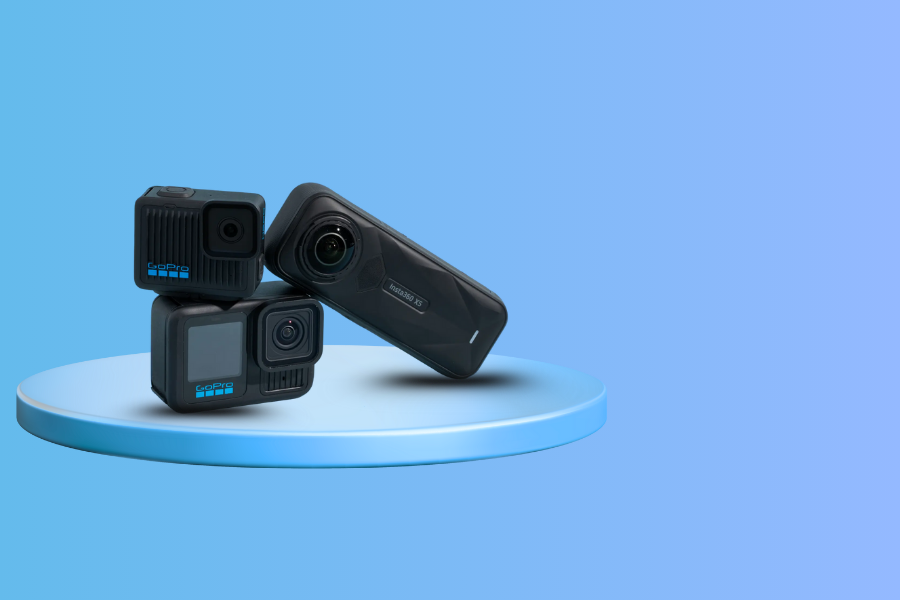Choosing a camera is more than picking the most expensive model or the one trending online. Whether you’re a beginner, hobbyist, or professional photographer, the best camera for you depends on your goals, style, and budget. In this guide, we’ll walk you through essential factors to consider before buying, helping you make a confident and informed choice.
Understand Your Photography Purpose
Before stepping into technical comparisons, clarify your purpose. Ask yourself: Why do I need a camera?
- Beginner Photographer: You might need a user-friendly device with auto modes and minimal manual settings.
- Travel Enthusiast: Look for lightweight, compact cameras with good battery life and zoom.
- Content Creator or Vlogger: Prioritize video capabilities, audio input, and screen articulation.
- Professional Photographer: You’ll need a camera with manual controls, large sensor size, fast autofocus, and high lens compatibility.
Your use case drives every decision ahead. A camera perfect for wildlife photography may not be ideal for studio portraits or YouTube videos. So, begin by identifying your primary usage and expectations.
Types of Cameras Available
Each type of camera serves a specific user group. Here’s a breakdown of the major types and their best applications.
Point-and-Shoot Cameras

These are compact, pocket-sized cameras ideal for casual photography. They have fixed lenses and automatic settings, making them a solid choice for travel or beginners. However, they offer limited control over settings and lower image quality compared to other types.
DSLRs (Digital Single-Lens Reflex Cameras)

Known for professional-quality images, DSLRs have interchangeable lenses and advanced manual controls. They’re ideal for professionals and serious hobbyists. They’re bulkier but offer excellent battery life, optical viewfinders, and adaptability for various shooting conditions.
Mirrorless Cameras
A modern alternative to DSLRs, mirrorless cameras are lighter and more compact. They also support interchangeable lenses and offer advanced features like 4K video, electronic viewfinders, and faster autofocus systems. Great for both photo and video professionals.
Action Cameras
If your photography involves adventure, underwater shoots, or extreme sports, action cameras like GoPro offer rugged builds, waterproofing, and wide-angle video features.
Bridge Cameras
These fill the gap between point-and-shoot and DSLR cameras. They often come with long zoom lenses and manual controls, offering flexibility without needing extra lenses.
360-Degree Cameras
For immersive content and virtual reality projects, 360 cameras are gaining popularity. They capture a full field of view and are great for social media or virtual tours.
Key Features
Knowing which camera features match your needs is crucial. Here’s what to compare:
1. Sensor Size and Megapixels
A larger sensor generally means better image quality, especially in low light. While megapixels are important, sensor size and type (Full-frame, APS-C, Micro Four Thirds) have a greater impact.
2. Autofocus System
Fast and accurate autofocus is essential, especially for sports, wildlife, or video. Look for phase-detection autofocus systems in DSLRs or hybrid autofocus in mirrorless models.
3. ISO Range
A higher ISO range gives better performance in low-light conditions. But also check how well the camera handles noise at high ISO levels.
4. Video Capabilities
If video matters to you, look for 4K resolution, frame rate options (30fps, 60fps), and microphone input. Some mirrorless cameras offer advanced video features suited for creators.
5. Battery Life
DSLRs typically last longer on a single charge compared to mirrorless or compact cameras. If you shoot long sessions or travel frequently, battery life is a major factor.
6. Build Quality and Weather Sealing
If you’re shooting in tough environments, consider models with robust construction and weather-resistant bodies.
7. Connectivity Options
Modern cameras support Wi-Fi, Bluetooth, or NFC for fast file transfers to smartphones or cloud storage. A must-have for social media users.
Budget Considerations
Your budget should reflect your actual needs, not just brand popularity. Here’s how to approach it:
Entry-Level (Under ₹40,000 / $500)
Best for casual users or beginners. Look for point-and-shoots or entry-level DSLRs and mirrorless cameras. These offer ease of use and decent image quality.
Mid-Range (₹40,000–₹1,00,000 / $500–$1200)
Ideal for enthusiasts and semi-professionals. Expect better sensors, more manual controls, and support for accessories like external flashes or microphones.
Professional (₹1,00,000 and above / $1200+)
Full-frame DSLRs or mirrorless cameras in this range are designed for high-end work, including commercial shoots, filmmaking, and studio photography.
Tip: Don’t spend your entire budget on the body. Factor in lenses, memory cards, tripod, filters, and camera bag all essential for a complete setup.
Reviews and User Feedback
Before finalizing your purchase, check real-world user experiences.
1. Customer Reviews
Online stores offer verified buyer reviews that highlight pros and cons you may not find in product descriptions.
2. YouTube Reviews
Tech reviewers provide hands-on demonstrations, comparisons, and performance tests under various lighting conditions. Look for unbiased creators who cover both strengths and limitations.
3. Photography Forums
Communities like DPReview, Reddit photography subs, and camera-specific forums can offer practical advice and sample images.
Reading reviews ensures you’re not just buying based on brand hype but making a decision backed by community insight and field tests.
Final Thoughts
Choosing the best camera for your needs doesn’t mean picking the most advanced model it means finding a camera that complements your goals, skills, and shooting style. Whether you want to capture vacation memories, start a photography career, or build content for digital platforms, the right camera is the one that feels right in your hands and works in your environment.
Take your time comparing types, features, and budget options. Visit a local store if possible to test how a camera feels. And always remember: The best camera is the one that helps you create the images you envision.

Leave a Reply